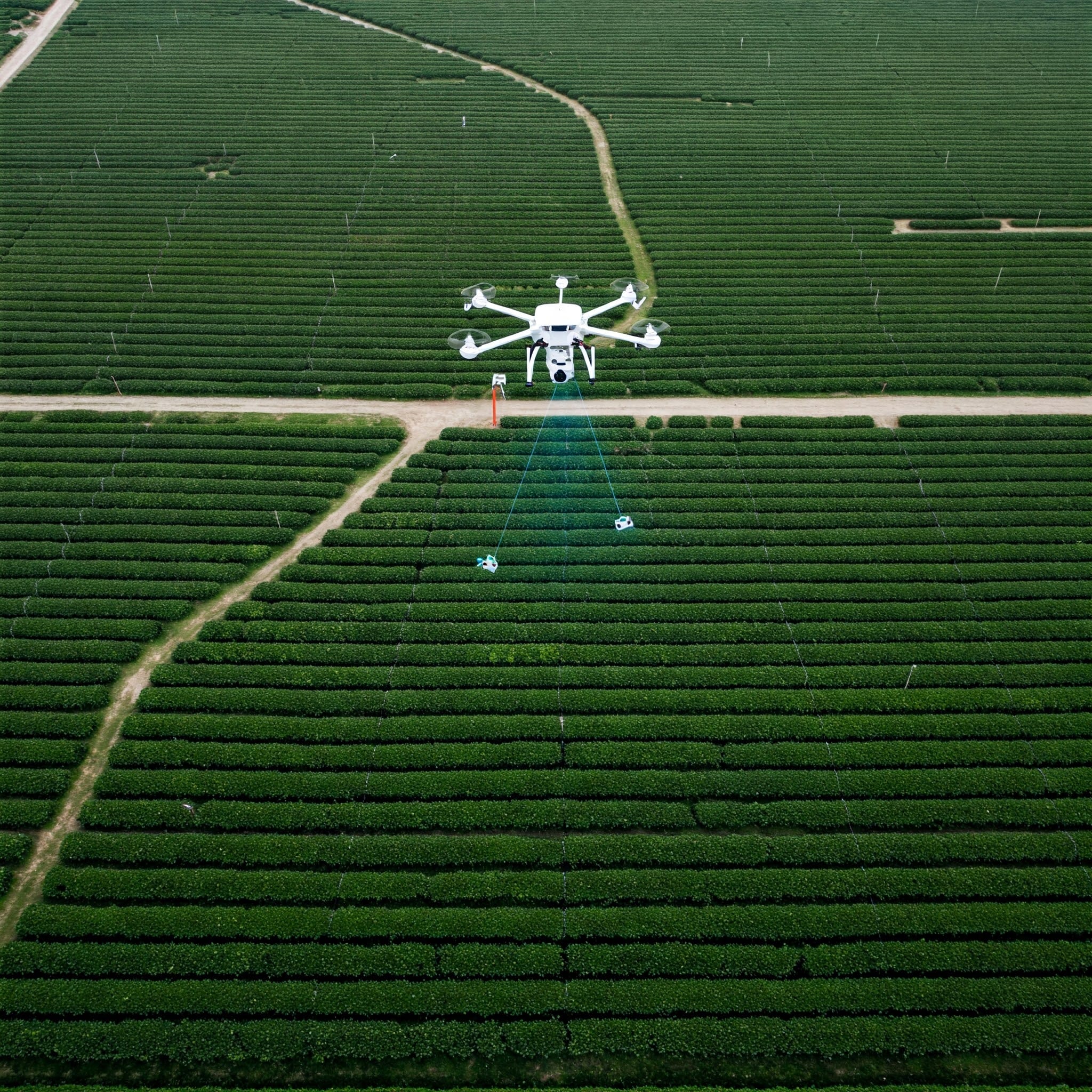In today’s fast-paced business environment, the role of technology in the tea industry is becoming more significant than ever. What once started as an optional tool for brands and consumers has now evolved into an essential part of the customer journey. From personalized tea subscriptions to virtual tasting events, technology is revolutionizing how tea brands engage with their audiences, creating an environment where digital tools are no longer just a luxury but an obligation.
Dr. Martin Mawo, a leading expert in business behavior, believes that understanding and leveraging human psychology in business is key to creating long-lasting success. By incorporating technology into the tea industry, brands are not only improving operational efficiency but are also fostering a deeper connection with their customers.
The Beginning: Technology as an Optional Tool in the Tea Industry
At the outset, technology was merely an optional tool that offered convenience. Tea brands were experimenting with digital platforms, introducing e-commerce websites and social media accounts to build their presence. For tea lovers, digital engagement with their favorite brands was a choice—one that brought convenience, discounts, and access to unique products.
Example: A tea brand might have offered an online store where customers could explore various tea blends, learn about health benefits, and place an order from the comfort of their home. Initially, customers could choose whether they wanted to engage digitally or simply purchase from a local store.
At this stage, the value of technology was clear, but its role was not central to the consumer’s tea-buying experience. Customers could enjoy tea without the necessity of using technology to complete their experience. However, over time, the introduction of more advanced tech solutions started to reshape the industry.
From Convenience to Necessity: How Technology Became Essential
As tea brands began to leverage personalization and customer-centric services, technology’s role in the industry evolved. It started to provide more than just convenience it became a way to deliver tailored experiences, enhance customer satisfaction, and ultimately, increase brand loyalty.
1. Personalized Tea Subscriptions One of the earliest examples of how technology transformed tea sales was through personalized tea subscription models. By using data-driven insights, brands began to recommend tea blends based on individual preferences and health goals. This personalized approach brought customers back for more, making digital engagement increasingly necessary.
Example: Brands like TeaPigs and Sips by Tea began offering subscription services, allowing customers to receive curated tea boxes each month based on their flavor preferences. What started as an optional service turned into a core offering that customers relied on for their regular tea needs.
2. E-Commerce Integration and Easy Access As e-commerce grew, it became clear that tea brands needed a seamless online shopping experience to stay competitive. The convenience of ordering tea with just a few clicks meant that customers began to expect this kind of digital interface with every purchase. Over time, this convenience shifted from an optional service to an obligatory experience for tea buyers.
Example: Online ordering systems, integrated payment gateways, and subscription models made digital shopping more convenient than visiting a physical store. Brands that didn’t adopt this technology were at risk of losing customers to more accessible and user-friendly platforms.
3. Customer Support and Engagement Through AI With the rise of AI-powered tools like chatbots, tea brands were able to offer 24/7 customer service and answer queries instantly. The rise of instant communication platforms, powered by AI, became a critical tool for customer engagement. This technology enhanced the customer experience by providing immediate assistance and personalized product recommendations.
Example: Tea brands like Teavana and David’s Tea started using AI chatbots to help customers choose the right tea blends or resolve issues with orders quickly, creating a more efficient and satisfying experience.
Obligation: Technology Becomes Central to the Tea Experience
As more brands embraced digital platforms and innovative technologies, the role of technology in the tea-buying experience transitioned from optional to essential. For today’s consumers, technology is no longer an add-on; it’s an integral part of their relationship with tea brands.
1. Subscription Models Become Core Subscription services that rely on technology to offer personalized experiences have become the new norm. Customers are no longer just purchasing tea; they are signing up for an ongoing digital relationship with their favorite brands. This shift makes technology a crucial component of the tea-buying journey.
Example: Imagine a tea company offering personalized tea subscriptions through an app that tracks a customer’s flavor preferences, order history, and health goals. Over time, the customer becomes accustomed to using the app to manage their tea orders, making it an essential part of their routine.
2. Virtual Tea Tastings and Experiences The integration of augmented reality (AR) and virtual reality (VR) into the tea industry is changing how customers experience tea. Virtual tea tastings, live-streamed events, and immersive experiences have made digital technology a central part of the tea-buying process. Consumers now expect these kinds of tech-driven experiences to be part of the tea brand experience.
Example: Companies like Harney & Sons have begun offering virtual tea tasting events where customers can join online, learn about different blends, and interact with tea experts. This immersive experience is made possible by digital technology and has become an expectation for modern tea enthusiasts.
3. Health Tracking and Integration with Wellness Apps The trend of integrating health and wellness with tea consumption is growing. Many consumers are now using wellness apps to track their hydration, mood, and overall health. By partnering with these apps, tea brands can offer personalized recommendations and insights based on data from customers’ health habits.
Example: A tea company might partner with a wellness app like MyFitnessPal to provide customers with personalized tea recommendations based on their hydration needs or mood. This integration makes technology an indispensable tool for customers who want to optimize their health with tea.
The Power of Digital Marketing in Creating Dependence
As digital tools continue to reshape the way consumers interact with brands, social media and content marketing have played a pivotal role in fostering long-term customer relationships. Brands can leverage platforms like Instagram, YouTube, and TikTok to create compelling content that encourages ongoing digital engagement.
Example: Tea brands like Matcha Maiden have built communities around their products by sharing educational content, recipes, and engaging stories on social media. This consistent digital presence makes it difficult for consumers to disengage, leading them to feel that they must remain connected to these brands online.
Conclusion: Embracing Technology for Long-Term Success in the Tea Industry
In the ever-evolving landscape of the tea industry, technology has evolved from an optional tool to a critical component of the consumer experience. Dr. Martin Mawo’s insights into the role of human psychology in business highlight how brands can foster dependency on digital solutions by offering personalized, convenient, and engaging experiences. Whether through e-commerce, subscription models, or virtual experiences, the shift toward digital engagement in the tea industry is no longer just an option it has become an essential aspect of customer loyalty and business success.
Embrace the future of tea today, where technology and tradition meet to create an experience that is both convenient and unavoidable.




